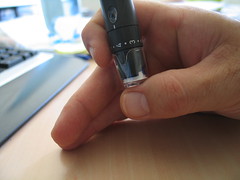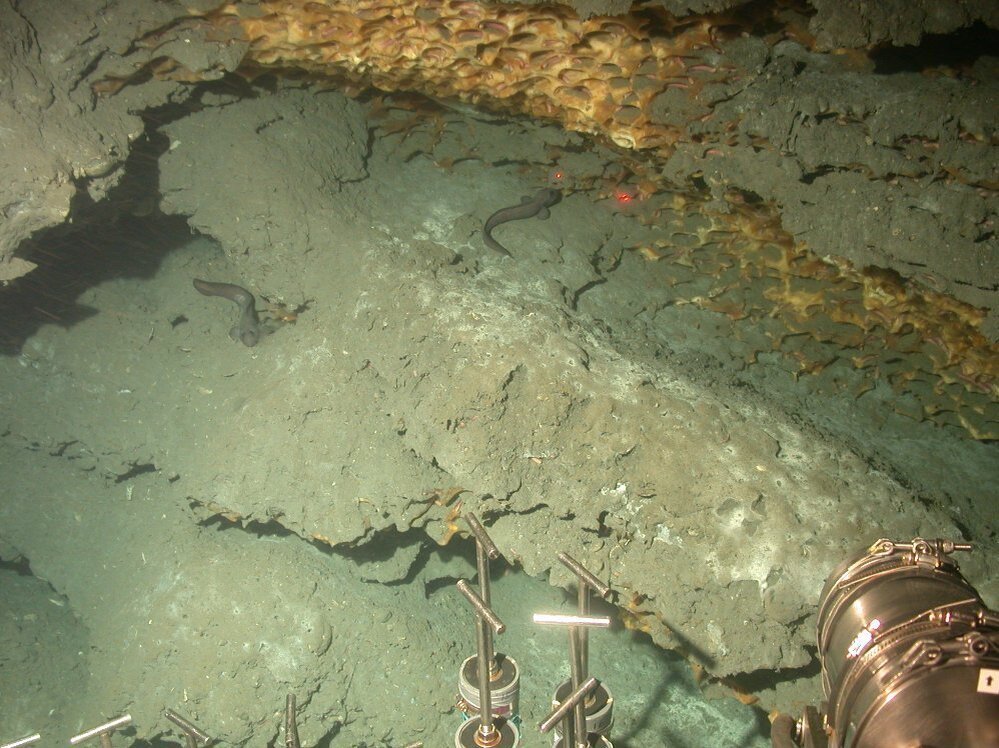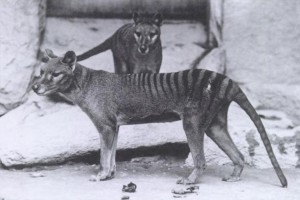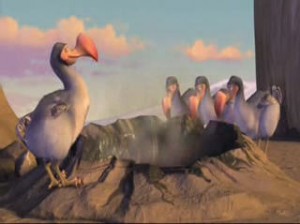Caffeine is a great part of North American lifestyle. More than 90% of North American adults, including myself, consume caffeine on a daily basis. Global consumption of coffee is estimated at 120,000 tons per year, which is an impressive amount.
Although moderate amount of caffeine is known to boost energy, induce wakefulness, and aid in weight-loss, too much can lead to impaired cognition, insomnia, depression, and even hallucinations. Various recent research show an association between caffeine consumption and an increased risk in type-2 diabetes. It is controversial due to the fact that caffeine consumption was previously thought to reduce the risk for type-2 diabetes.
It is known that caffeine has detrimental effects on people with type-2 diabetes. Caffeine causes a spike in blood glucose and insulin levels, which can lead to hyperglycemia. Hyperglycemia is a condition when blood glucose level is dangerously high, which can be toxic. However, this correlation between caffeine consumption and increased risk for type-2 diabetes is new.
Dr. James Lane from the Duke University has recently published a paperinvestigating the relationship between caffeine and carbohydrate consumption and the glucose level in blood. Lane concluded that caffeine causes a transient insulin resistance that can produce exaggerated glucose and insulin responses when carbohydrate is consumed. This mimics the blood glucose and insulin condition of type-2 diabetics.
A different research discovered the association between consumption of fat and coffee and increase in risk for type-2 diabetes. University of Guelph PhD Candidate Marie-Soleil Beaudoin conducted a study and found that blood glucose levels spike in healthy individuals after a high-fat meal, such as fast-food, followed by caffeine consumption to levels similar to those of people at risk for diabetes. If the caffeine actually increases the risk for type-2 diabetes, this imposes a concern in public health. The rate of type-2 diabetes in North America has doubled between 1990 and 2005, and is an epidemic.
With the exams coming up, be wary of what you eat! (Fast-food and caffeine)











